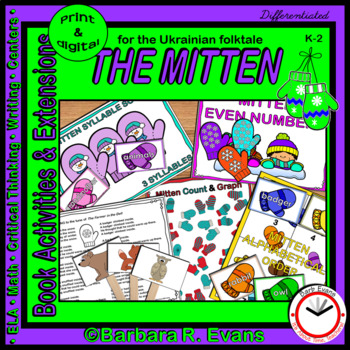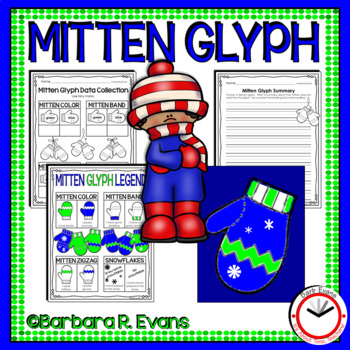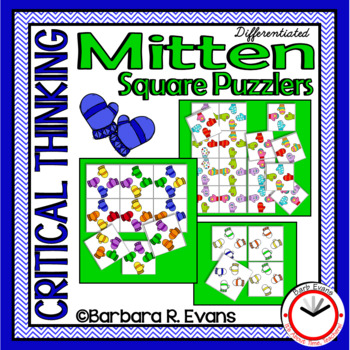I offer a bundle of these Spin-Tally-Graph centers here. One of my favorite labor saving tips is to incorporate recurring activities throughout the school year. Once your students are trained to use a particular activity, reintroducing it periodically, in a fresh version, allows young children to hone their skills. It also provides the opportunity for scaffolding their efforts.
Search This Blog
Thursday, July 29, 2021
MATH CENTERS for PRIMARY GRADES 102
I offer a bundle of these Spin-Tally-Graph centers here. One of my favorite labor saving tips is to incorporate recurring activities throughout the school year. Once your students are trained to use a particular activity, reintroducing it periodically, in a fresh version, allows young children to hone their skills. It also provides the opportunity for scaffolding their efforts.
Friday, July 16, 2021
MATH CENTERS for PRIMARY GRADES 101
Math centers are essential in the primary grades. They give children the chance to practice skills and strategies previously taught; simultaneously giving teachers insight into who or what needs further teaching. Moreover, once students are trained to work independently in centers, the teacher is available for small group instruction and/or individual intervention and evaluation.
Math centers expectations should be explained and demonstrated prior to starting your learners in the activities. Teachers should model and monitor center behavior for a minimum of one week before launching independent center work.
Conduct a mini lesson daily to remind students about how to use the materials, cooperate, and problem solve. You may wish to have 2 students demonstrate the activity briefly. Even then, some students may need more support. Train your learners to "ask 3 before me."I'm a strong advocate for open-ended center activities. They permit students to learn in their zone of proximal development (ZPD). Children should begin with tasks that can be completed independently. Then challenge them to work with a skilled partner to achieve more. Thus, math centers should included individual endeavors, as well as partner or small group pursuits.
The possibilities for math center activities is seemingly endless. Obviously, the centers should reflect and extend the topic(s) currently under study.
Early in the academic year, you are likely to focus on number sense. Following are some centers I've created for my students to practice numeracy. You may find them interesting.
It's about time, teachers, for a
Perfect for a math center in your primary classroom, this activity provides task cards for directing the patterns to be made. Or, you can make it open-ended, allowing students to make the patterns they choose.
This offer is only good for today, 7/16/21. So don't delay!!
You may also like:
Sunday, April 11, 2021
TEACH SMARTER NOT HARDER Part 3
It's about time, teachers, to teach smarter not harder.
Just blindly striking out to discover a $1 Word couldn't be more frustrating to students. So, I created clues to lead them.
- addition computation
- vocabulary development
- parts of speech
- base words
- prefixes & suffixes
- participles
- singular & plural
- compound words
- spelling & proof-reading
- dictionary & thesaurus
- calculator
- internet research
- critical thinking
- problem solving
- cooperative learning
This file is FREE so you can try them before you buy them.
Friday, April 9, 2021
It's about time, teachers, to TEACH SMARTER NOT HARDER!
SCRAbble + baTTLE = SCRATTLE!
One of my favorite things about SCRATTLE is that children rapidly and readily learn that making short, easy words is a bad idea. In order to conquer their opponent, they must seek to create longer, more complex words. Moreover, this activity can be done over and over, allowing children to hone their skills (making words, computation, spelling, strategic thinking) while having fun.
There are 8 SCRATTLE files, each associated with a season or holiday. ALL ARE FREE! Each product provides 3 recording sheet options. This accomodates the grade range and allows for really easy differentiation within a classroom.
Recently, at the request of some teachers, I have added an additional file of recording sheets. They offer the opportunity for 3 warriors to battle each other. This file is also FREE!
SCRATTLE is a terrific means for teaching smarter not harder!!! But you don't have to take my word for it. Check out these comments from teachers who have used these units.
Thursday, April 8, 2021
TEACH SMARTER NOT HARDER Part 1
It's about time, teachers, for more efficient teaching.
Do you love combining disciplines for more efficient teaching? I sure do. To that end, I have made a new product line that blends vocabulary, spelling, and fractions with critical thinking. I call them VOCABULARY FRACTIONS. Each product includes 20 task cards that ask students to combine fractional parts of words to create thematic terminology.
Here's an example from the Sports Edition:
The 3rd bundle is part of my FOREST FRIENDS CURRICULA. This bundle offers 3 products and 1 free unit.
Monday, January 4, 2021
ACTIVITIES for THE MITTEN
Do you share any version of THE MITTEN with your students? I like to share all the versions I can find; then compare them. My students love to create a graph showing which book is their favorite.
Then we compare the animals:
- Are the same animals in each version?
- How many animals are in each story?
- Do the same animals look different in each book?
- etc.
- What color and material is the mitten?
- How was the mitten lost?
- What happened to the mitten at the end of the story?
- etc.
Evaluate the illustrations, in general:
- Note the pattern of the colors in Tresselt's book.
- Explain personification as it applies to Tresselt's illustrations (clothing).
- Draw attention to the Brett illustrations that foreshadow the next animal to appear.
- Lead your students to understand that Aylesworth's animals all point to their toes and describe them as "cold as ice."
- etc.
Comparing the animals from each version readily leads to a Venn diagram:
Math centers include:































































